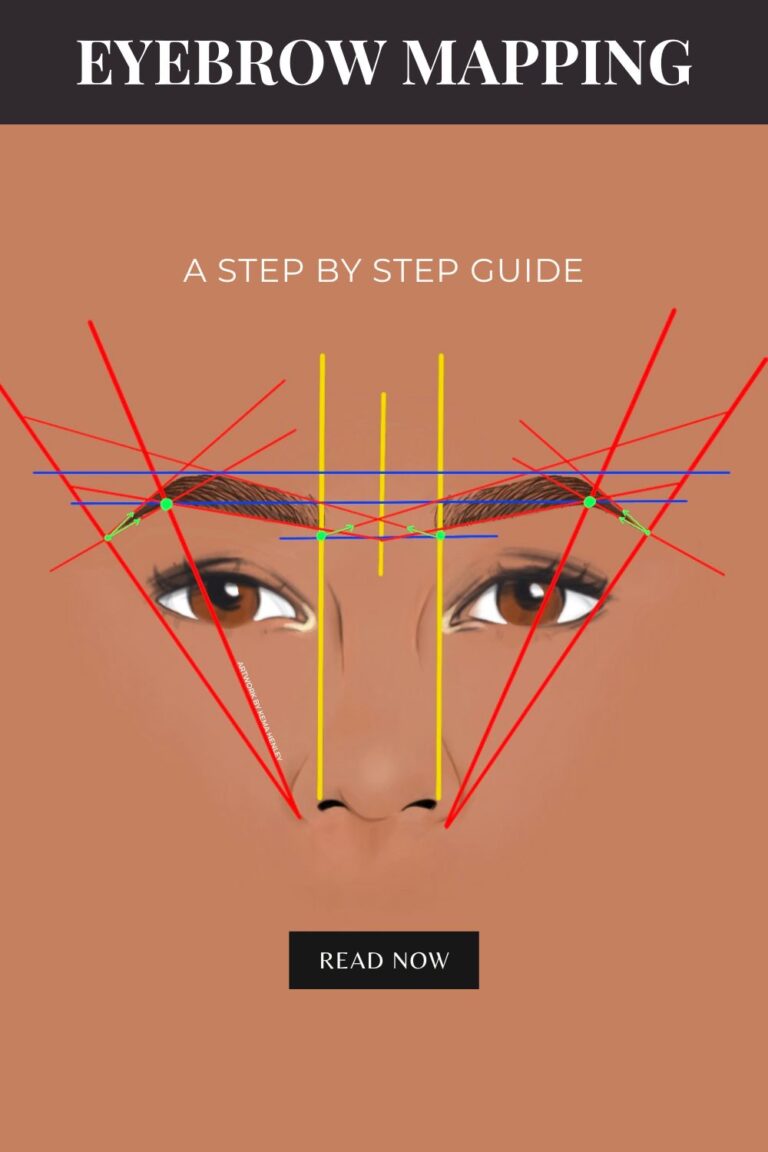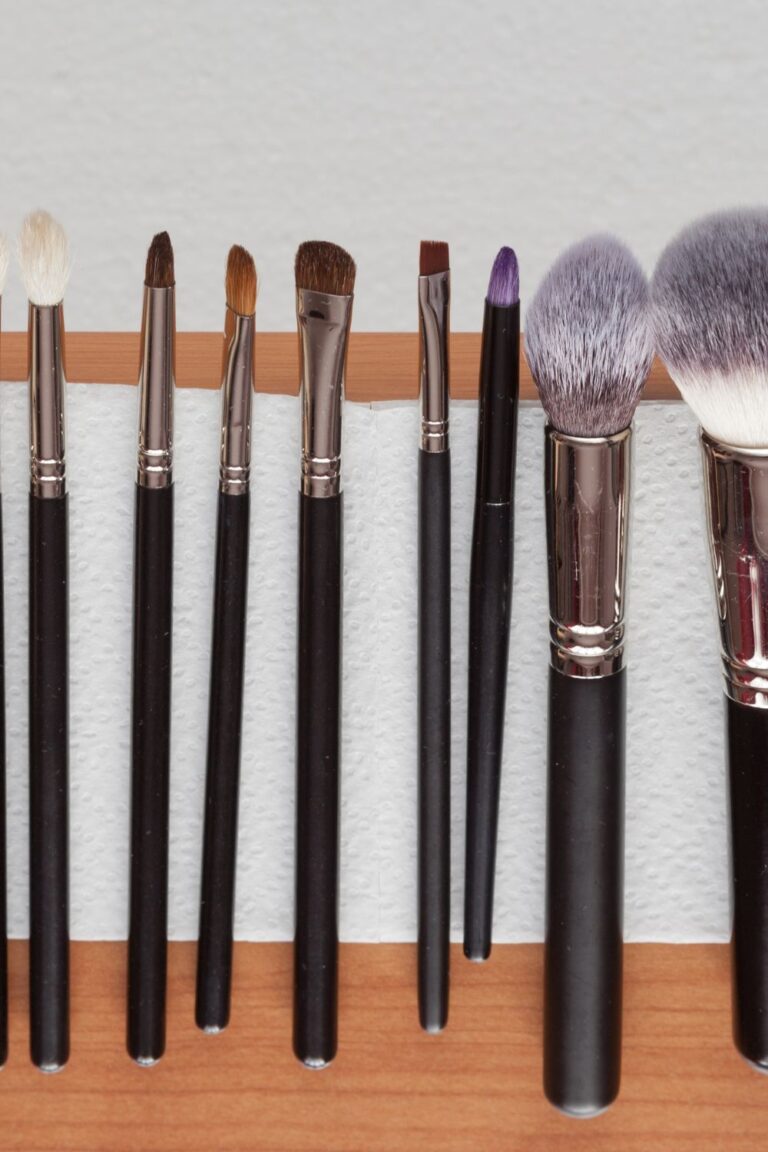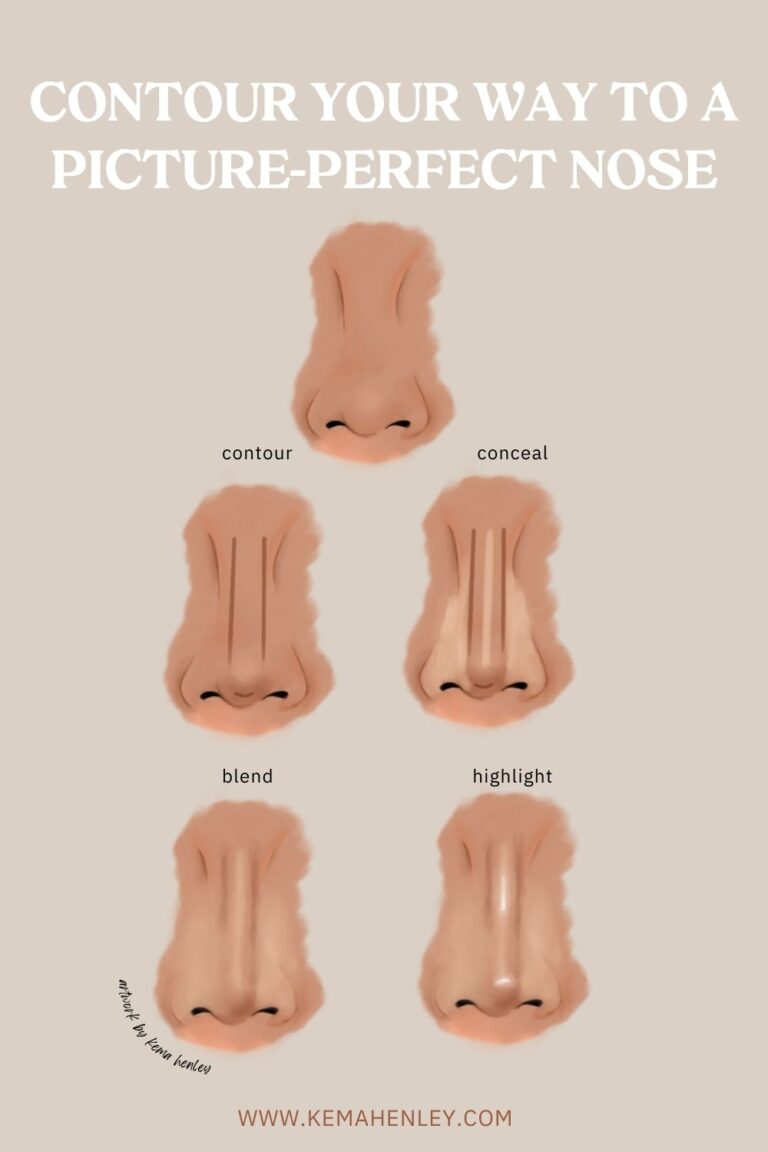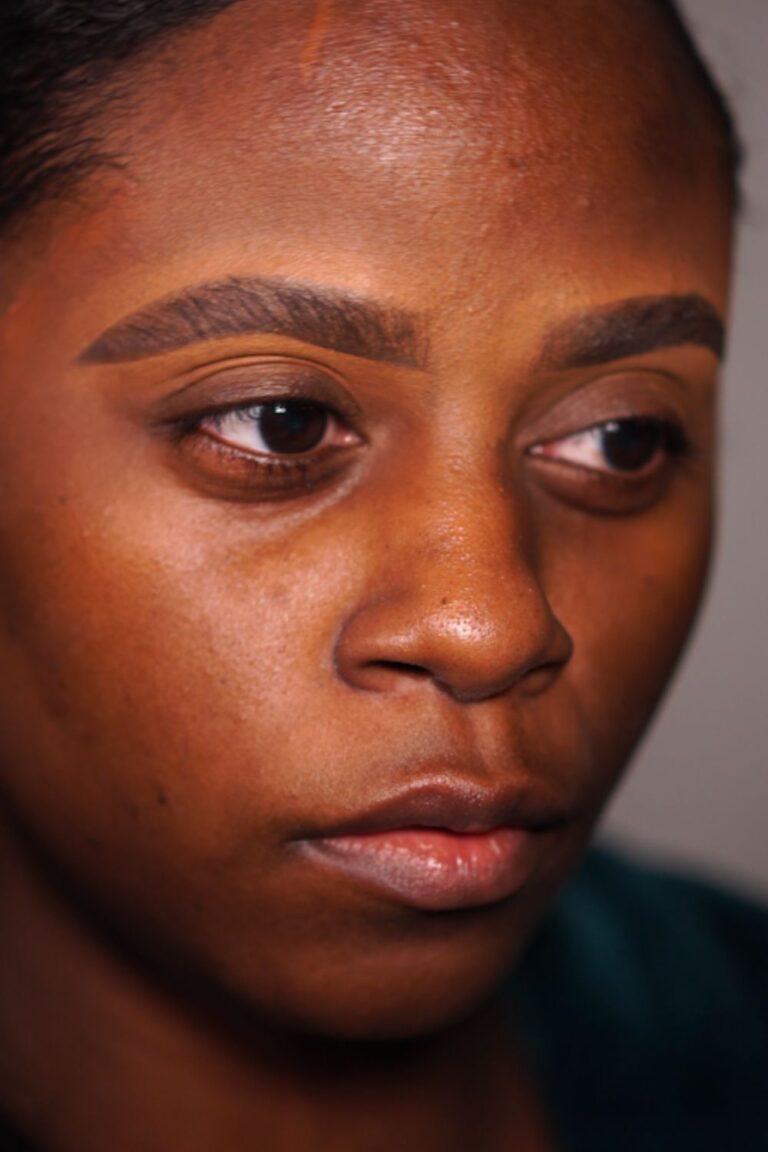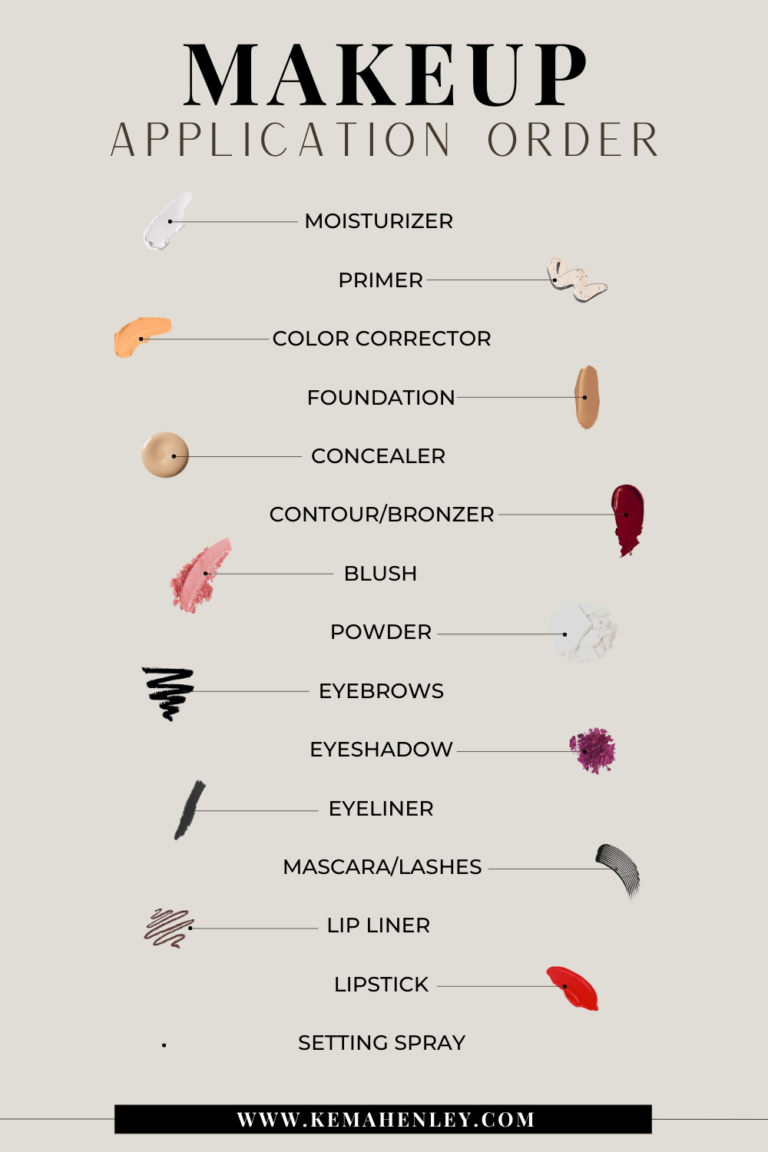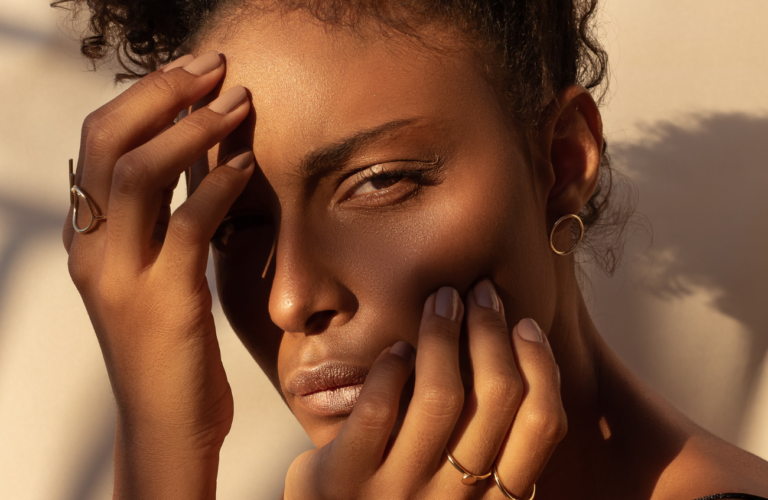How to Apply Foundation With a Brush In 4 Easy Steps
Do you apply your foundation with a brush or a sponge? This question seems to be a great debate when it comes to foundation. Foundation is one makeup product that almost everybody has in their collection. But how many of us actually know how to apply foundation flawlessly?
Although there’s no correct way to apply foundation, the best way I’ve found is to apply foundation with a brush.
You’ll be using less product, apply foundation faster, avoid messy hands and create buildable coverage. Not to mention avoid potential breakouts. If you’re not convinced yet, don’t worry, we’ll take a closer look at each step to get you the smoothest foundation application.
Here are general instructions on how to apply foundation with a brush:
- Start with a clean face, hands, and brush
- Moisturize and prime your face
- Apply your favorite foundation to the back of your hand
- With a synthetic foundation brush, dab the foundation onto your face.

With all the makeup tutorials right at our fingertips, I’m sure most of us know the basics about how to apply foundation with a brush. But if you’re anything like me, I like to know exactly how each step is giving me the best results. That way I can pinpoint what I’m doing wrong and figure out how to improve.
To help you better understand how to get a flawless foundation with a brush, we’re going to break down each step to give you all the facts.
How to Apply Foundation With a Brush
Clean your face, hands, and brush.
Washing your hands should go without saying, especially if you are working on a client. You can just as easily spread dirt and oils from your hands onto your face. The last thing we want is a new breakout.
Washing your face before applying makeup will help remove any dirt, dead skin, hairs, and any excess oil that would build up under your foundation application.
And lastly, wash your makeup brushes. I know how annoying this task can be but you’d be surprised at how much gump can build up in between those bristles. We want to eliminate as much dirt as possible from getting trapped under our foundation for a flawless base.
RELATED POST | Clean Makeup Brushes With These 4 Easy Methods
Moisturize and prime your face.
By moisturizing, you help hydrate your skin, lock in moisture, and prevent your foundation from drying or flaking throughout the day. Using a primer helps create a barrier between your skin and all the products you are putting on top of your skin. Primer also helps to fill in large pores which will add to the smoothness of your application. If you want to learn more about primers check out this blog post: Is Makeup Primer Necessary? Everything You Need to Know
Put some foundation on the back of your hand.
The reason you see makeup artists pump foundation onto the back of their hands is that it helps to warm up the product. Having your skin heat up the product, allows it to spread across the face easier. This trick works especially well with stick formulas. But if you’re a germaphobe or simply rather avoid the mess, one to two pumps directly onto your foundation brush works perfectly fine. Another option is to use a makeup hand tray which will help to control the amount of product you are using so you can build up to your desired coverage.
With a synthetic foundation brush, dab the foundation onto your face.
Starting from the center of your face dab your foundation outwards. The first spot you place your foundation brush will typically deposit the most product.
One thing to note is that the brush you use DOES matter during your foundation routine.
Reach for synthetic brushes. The bristles will not absorb as much product as natural hair brushes which is ideally what you want to build your desired coverage. Using a natural-haired brush for foundation can leave streaks and be difficult to blend.
Another thing to keep in mind is that different types of foundation brushes work best with different formulas and skin types. Let’s break it down:
| Foundation Brushes | How to Use |
Flat Foundation Brush
| Great for dry skin & peach fuzz Full Coverage Best to blend in a downwards motion |
Kabuki Brush (Flat or Round)
| Great for people who have large pores Buildable coverage |
Stippling Brush
| Great for anyone with little to no blemishes Typically gives a light coverage Works best with skin tints / lightweight products Works for applying blush and bronzers Use a light hand with this brush |
Don’t forget to blend up into your hairline, your ears, & neck. Once you have your first even layer you can go back in with another coat to touch upon areas that may need more coverage such as under your eyes or around your lips.
When to use a sponge?
At this point, you’re probably wondering, “so, what’s the point of a sponge?”
Makeup sponges are great for avoiding cakey foundation but here’s the thing: they tend to absorb a lot of product. The best way to use a makeup sponge is after you’ve applied your foundation with a brush. It’s a great way to make sure you are evenly blended out by going over areas where you may have added a little too much foundation.
Makeup sponges with the best thicker formulas to achieve a full courage look. This is why they work great to blend concealers or when using setting powders.
Using a sponge is also a great way to make corrections in cases where you may have added a little too much concealer, bronzer, or blush.
Makeup Sponge
| Works for all skin types Also works for applying concealer and setting powder Absorbs a lot of product Prone to bacteria if not taken care of |
If you’ve followed these steps and you’re still not getting your desired coverage take a look at the type of foundation you are using.
One essential step many overlook because of a product’s popularity is finding a foundation for your skin type. If you have dry skin, you don’t want a mattifying foundation. Vice versa if you have oily skin you don’t want to go for an oil-based foundation.
Next time you’re putting on makeup, pay attention to your foundation routine. Come back to this post for reference, leave a comment and let us know if any of these tips have helped




